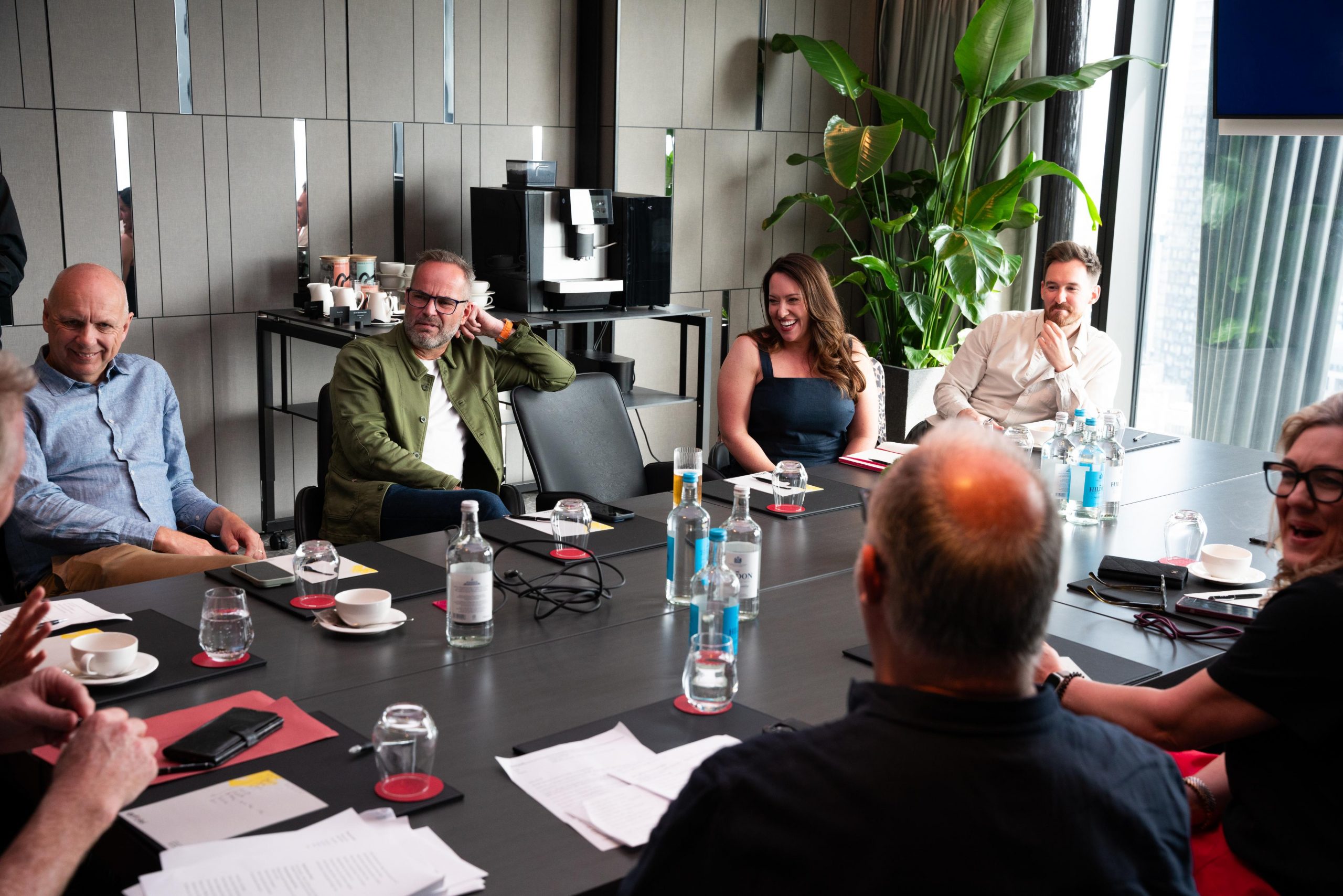
What is on the to do list for FMBE’s future success and growth? How does an agency build for growth and investment. These were the underlying questions for our second round table discussion at this year’s Best Connected Awards and Networking event that saw a bright get together of industry leaders at artotel London. Frank Wainwright hosted the panel and guided the questions.
The round table panel
George Bateman, MD, Experience 12
Andy Buck. MD, Reach
Julian Cordy, CEO, Field Sales Solutions
Tim Fletcher – Grocery Field Sales Controller – Carlsberg Britvic
Claire Grecian, MD, The Circle Agency
Jessica Hargreaves Paczek – CEO – PrettyGreen
David Louis, FMBE Consultant, eXtraSense
Charlotte Turns, MD, Foster

The conversation started with Claire Grecian, who I called upon to talk about staying ahead of the pack… Claire’s agency Circle led the way out of Covid with strength no other experiential agency could muster and has grown solidly since, but this current time, she says, is set for stability and consolidation: “The last few years have been really good for us”, she states, “as an independent agency you can be quite nimble and we diversified into B2B and B2E, bringing the B2C elements that we knew into that world successfully”. The current climate she says is one for “staying ahead and relationship building”.
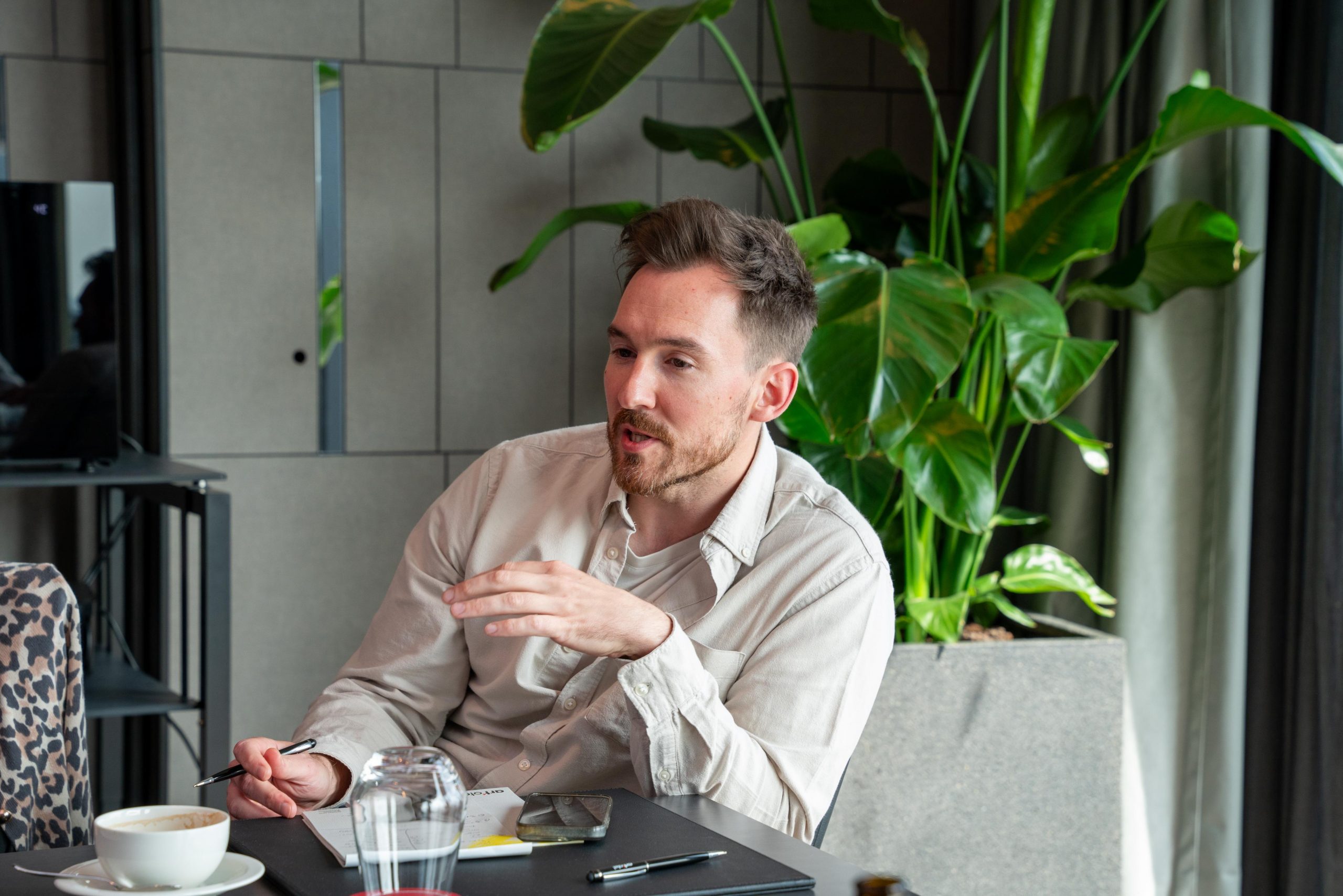
George Bateman – returning for his second roundtable of the day at BEst Connected – noted that in a climate of financial uncertainty, Experience12’s clients are likely to be increasingly focused on clear KPI and ROI conversations. He highlighted International expansion as one potential growth area following a large portion of their work being delivered in the US, Europe and Asia, though (at the time of our April discussion) budgets in that space were at risk following Trump’s tariff announcement at the time. Navigating these external pressures, he added, will continue to keep agency leadership sharp and adaptable.
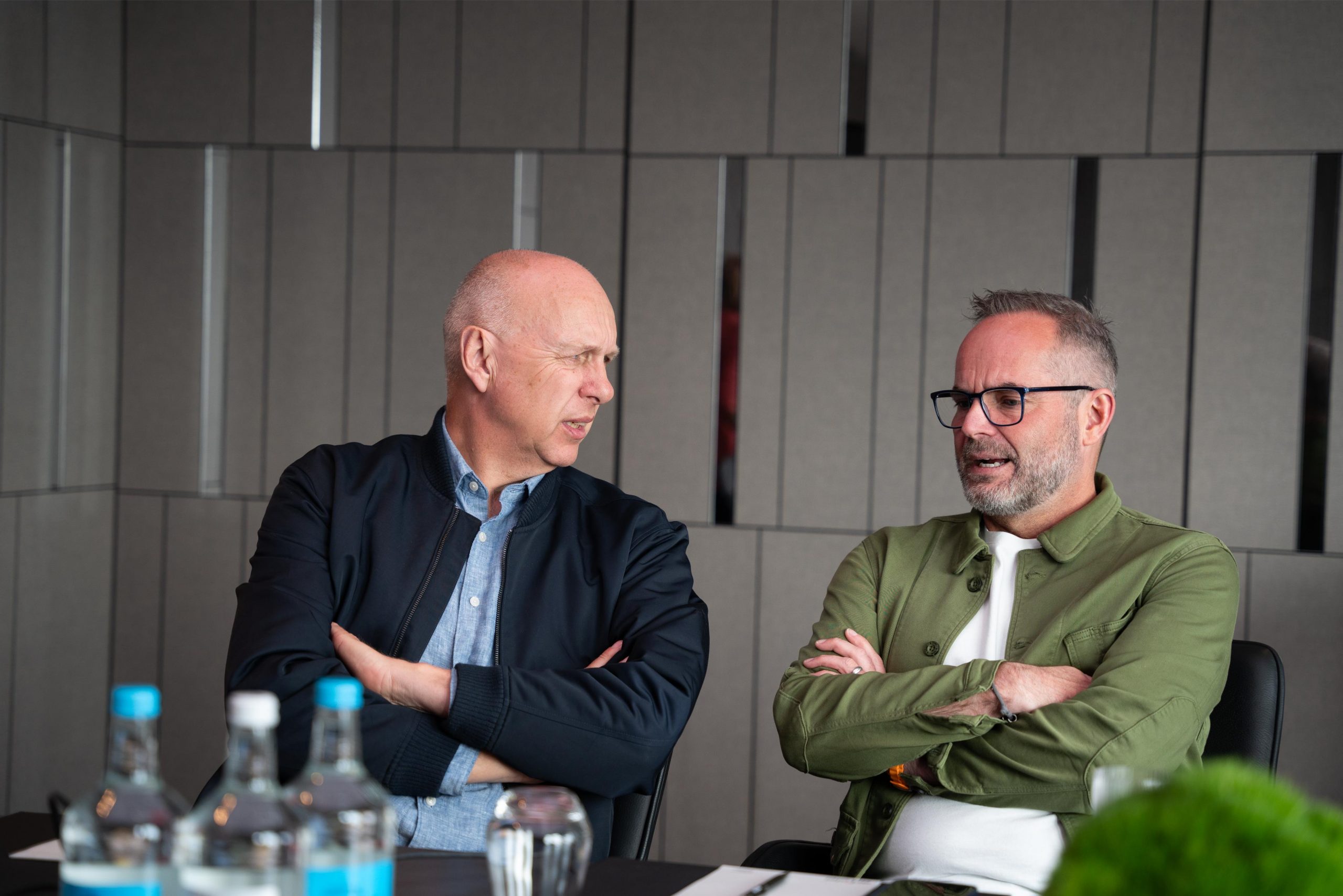
Julian Cordy (left above) adds that he sees opportunity for brand experience teams, especially in the context of retail experiences. According to Andy Buck (right above) the changing retail landscape, including the online sales and the improved experience of shopping at discounters Lidl and Aldi, is exacerbating the challenge that brands have of maintaining loyalty: “How do you simplify, digitise and automate all of the stuff you would have done in big box retail and invest in direct to consumer experiences.”

As the brand representative in the room the conversation naturally turns to Tim Fletcher (pictured above) who tells us a recent data stat that shoppers carry an average of 3.8 store loyalty cards “which suggests that they are not very loyal at all”. For Tim though success at grocery multiple is still a major consideration, and he has seen the soft drinks sector investing more in field sales teams recently. Low staff levels at retail have, he says, helped drive a great reliance on field sales, including outsourcing to agency.
As the discussion furthers it becomes clear that more field sales reliance does not correlate to more field sales staff. Tim and Andy agree that staff overheads are such that there is understandably greater pressure on smart data callage solutions.
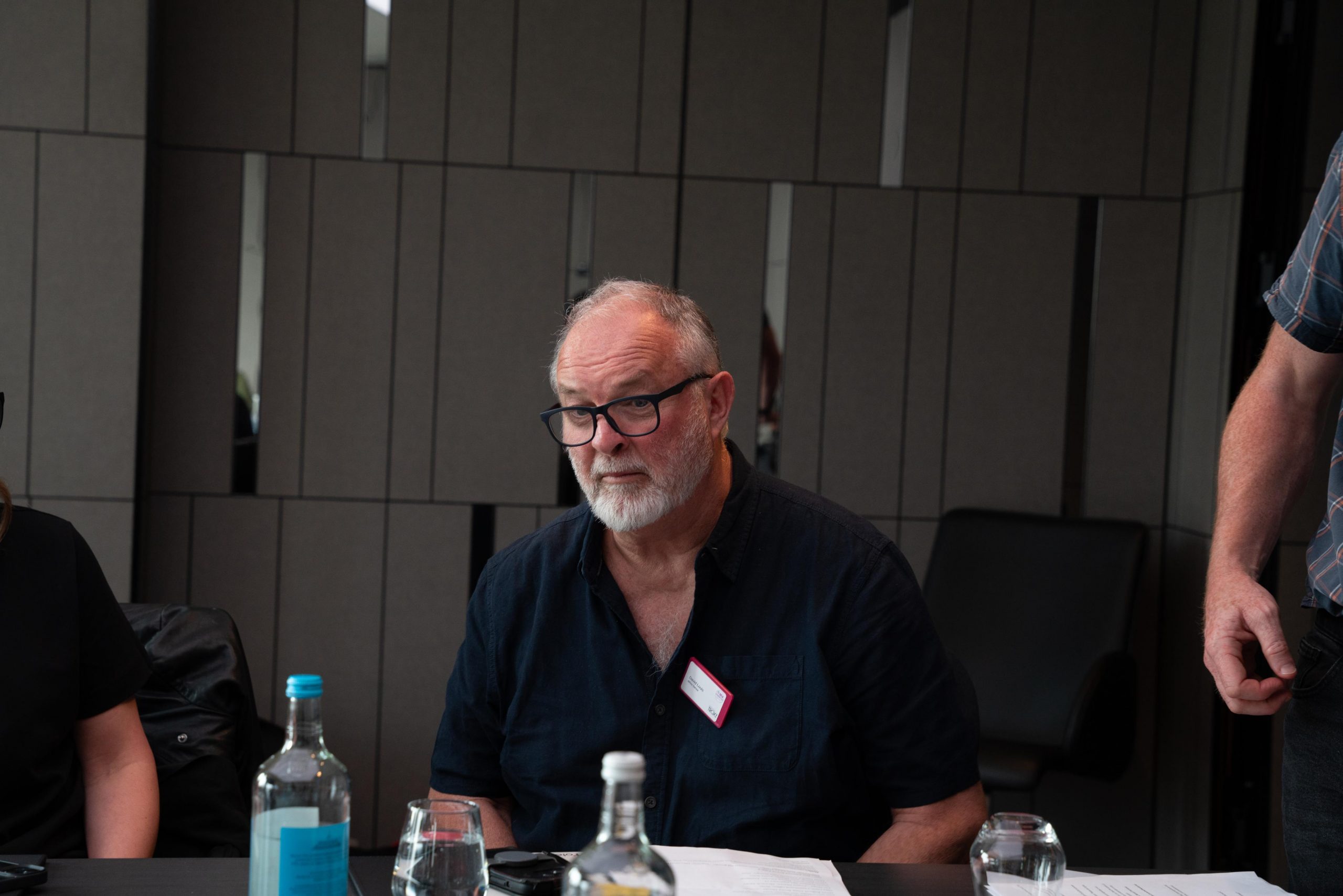
David Louis (pictured above) chimes in feeling that not all brands bring the experience and expertise of Tim’s level to the table, making it hard for agencies to justify their top end solutions. David discusses the budget differences that exist between, for instance, a crowdsourced solution vs a full time team and the onus that exists on agencies to show the difference in results that can be achieved when clients invest in the premium end.

The conversation now turns to the pricing structure of field sales. Charlotte Turns (pictured above) set up Foster to offer a new solutions-based brand acceleration model for winning and keeping new business and acknowledges that as Foster grows the more, she finds herself competing for work driven by procurement agents. Procurement has long had a commoditising cost per call view of field sales, and, as Andy Buck says, it is a model that can run counter to everyone’s best interests. If an agency is being remunerated on a cost per call basis, then adding more calls whilst spreading overheads will add profitability to the agency but won’t drive proportionate effectiveness per call.

For a brand experience agency, the pressure of commoditization is less but having the value of your proposition understood properly presents a similar challenge. Jess Hargreaves Paczek (pictured above) told us that she prefers activities where all agencies working on an activation are prepared to integrate and share their insights as that allows the full extent of the marketing integration and amplification to be understood. The Integration and Amplification category at FMBE has been a fruitful one for PrettyGreen through the years as the agency often provides experiential, PR and social media at the same campaign. As we were sitting in the room, PrettyGreen were delivering the gender reveal form Peppa Pig’s Mummy Pig’s baby at Battersea power station, a compelling piece of work on many levels, creatively, through integration, media coverage and the proximity to retail – with the Peppa Pig store being inside Battersea. “Every agency involved – and its not just us – is working together [contributing to budget justification]” she says.
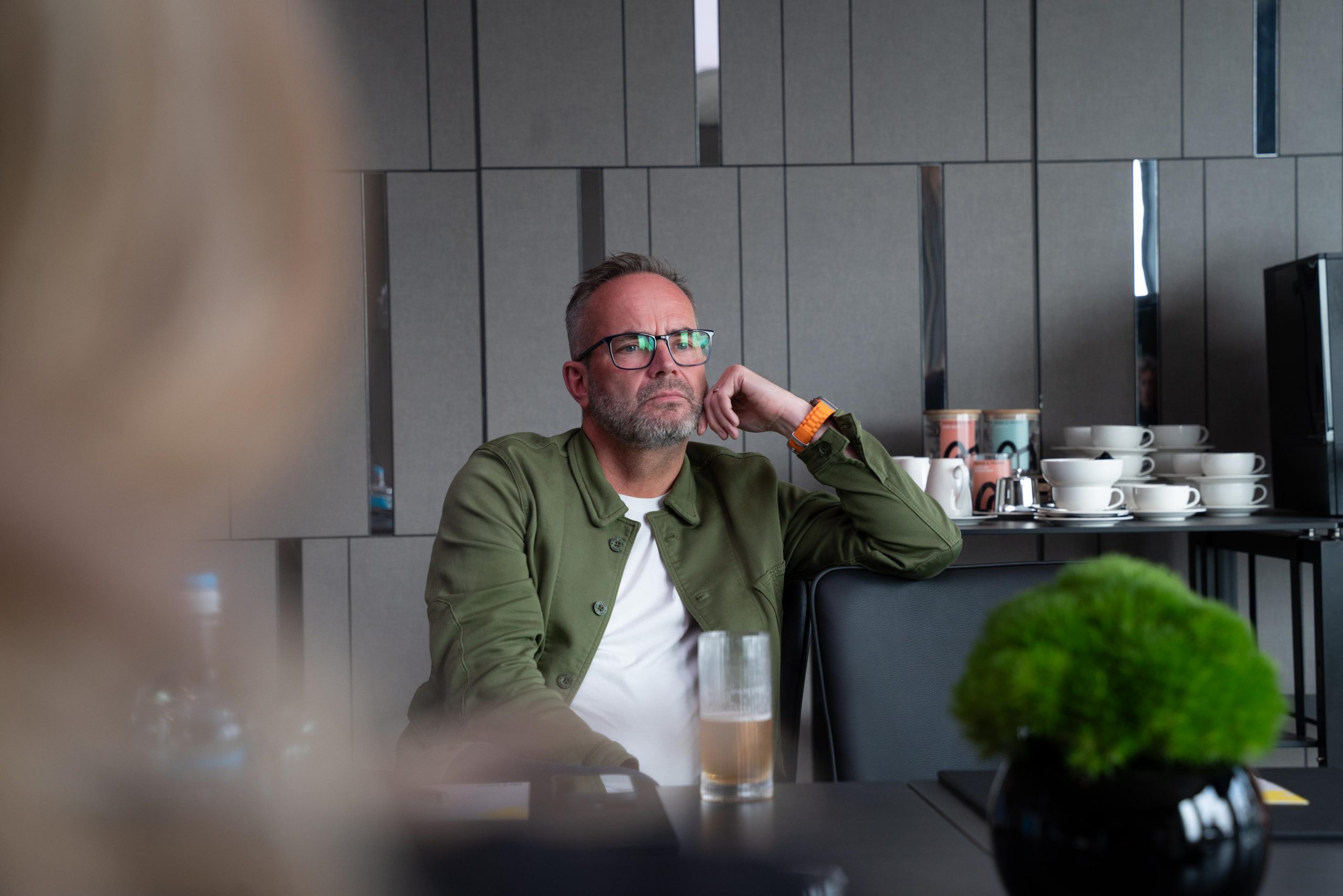
Andy adds that the ability that retail field marketers have to build instore brand activity close to a brand sponsored event is often a frustratingly overlooked opportunity.
Claire adds that she enjoys working on experiential for Subway because the brand gets all the agencies involved “to play in the same sandbox’ delivering a very dynamic result.
Tim then shares his experiences of working with Pepsi and Walkers on Field Sales alongside the sponsorship activities at Champion’s League and Women’s World Cup. A bugbear for Tim he shares is that even when you get sales and marketing energies and opportunities aligned, sometimes “supply chain don’t get involved”, with the consequence of no stock on display at the crucial brand-driven peak in demand.
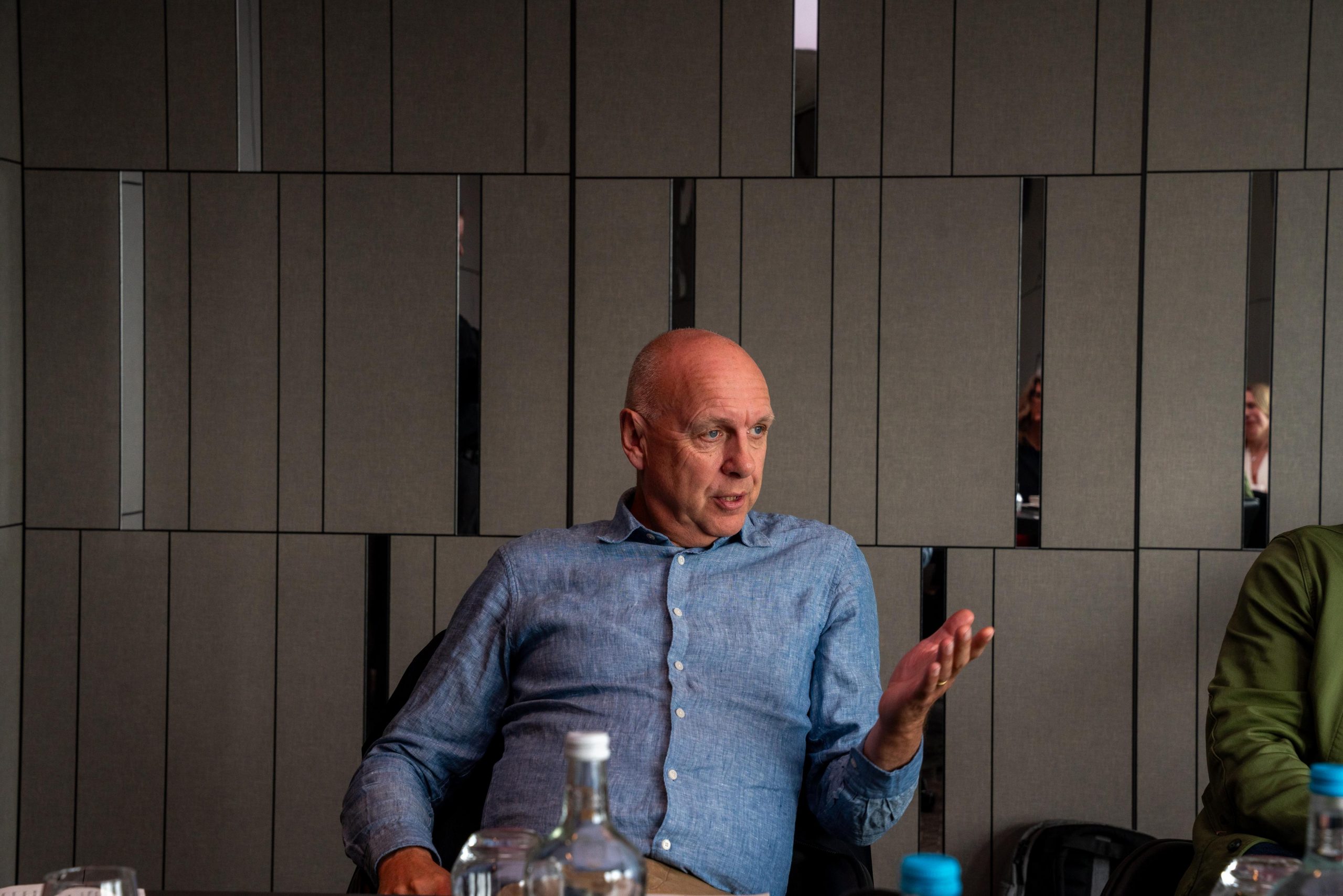
If some of the core field marketing challenges look painfully familiar, then some of the processes are changing, with technology and data taking the lead. AI is of course the buzz in all industries including FMBE, but Andy suggests that it isn’t altogether helpful. “AI isn’t artificial intelligence, it is automated intelligence” he says, agreeing with Julian Cordy that AI driven processes have been part of standard field marketing for a while. Andy says that his clients don’t want visions, but actual solutions. Julian agrees saying, “What clients want to know is how we can get repetitive tasks automated.”
For Andy, a breakthrough at Reach has come through image analytics. “We’ve cracked it”, he says, “and launched with 2 partners at scale”, he says, indicating that Reach is able to cut huge amounts of time and cost on its client’s behalf, following this breakthrough, using image analytics to gauge product availability and competitor activity with dynamic immediacy. Tim agrees that image recognition is a big element of insight from and to the field for Carlsberg-Britvic whilst Andy adds the processor is “more accurate than a human” when counting SKUs and assessing on-shelf availability.
For George, the computer eye is also an increasingly valuable tool for brand experiences, though in that case the lens is more to do with assessing consumer behaviour and movement. Gamescom in Cologne, the annual August exhibition is, he says is one of the first to “offer a tracking package en masse, at scale, at a huge exhibition”. With demographic, dwell and general data becoming an integral part of client reporting, he welcomes this change for ROI reporting to truly perceive the value of events.

When it comes to the people being entrusted to deliver the results from the FMBE field, the panel find solid common ground. Engaged staff, they all agree, lead to stronger and more compelling results. “Engagement is key”, says David. “You have to keep investing in staff if you want to continue to grow”, says Claire, who has been able to correlate staff satisfaction directly to success and profitability at Circle. At Circle, Covid and its work from home restrictions were the catalyst for a new level investment into team connection and engagement, the value of which has been palpable since. Team culture is now a business priority at the agency.
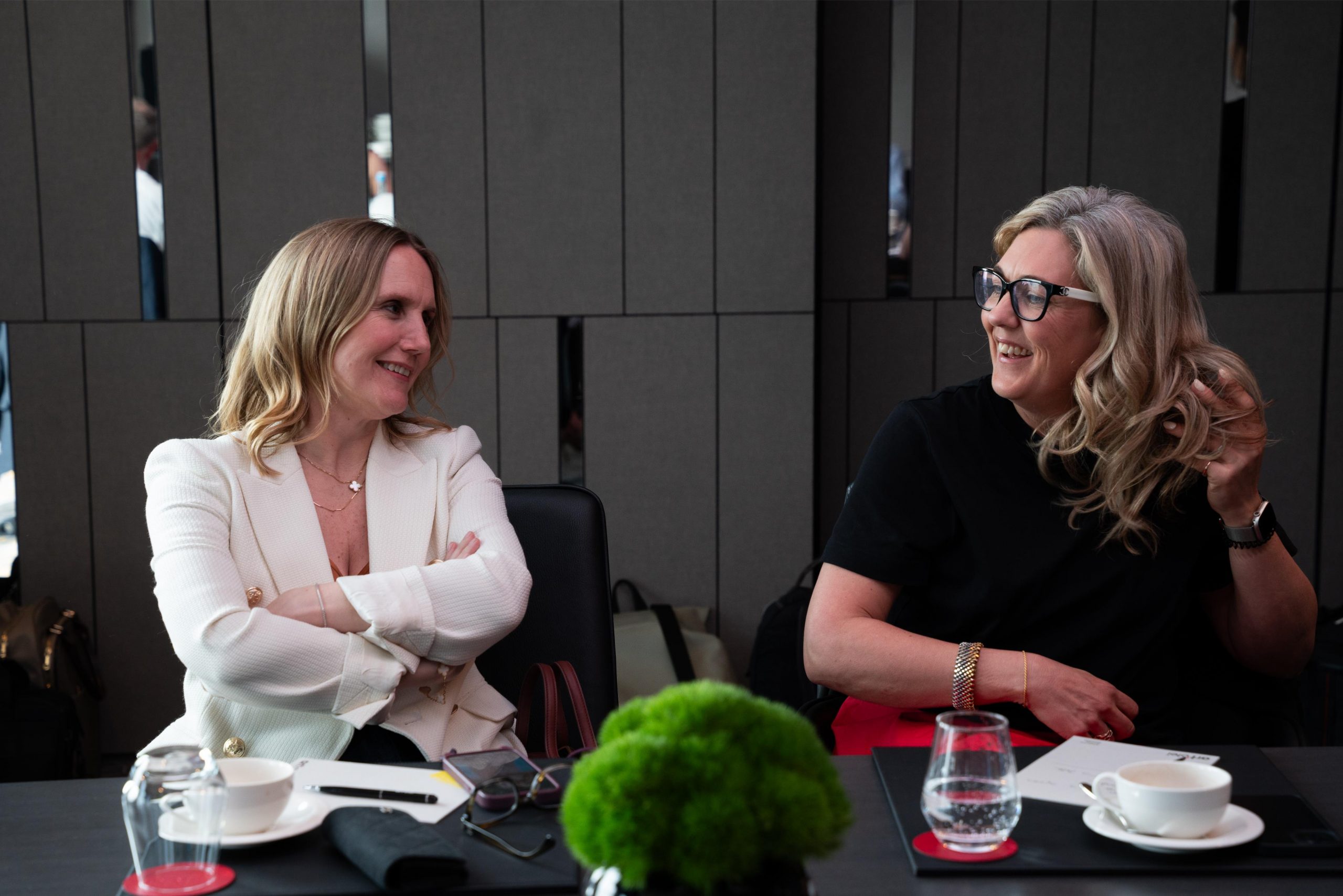
For Charlotte, Foster has grown up as an agency that has a ‘family’ ethos, one where an HQ in London is allied to a team that is spread geographically. At Foster “you have the confidence to be who you truly are”, she says, with a variety of voices and perspectives being heard. It is her job to steer a course for Foster between a spread of views.
As Charlotte continues, several of the group chime in on the topic of maintaining a balance between loving where your work without removing pressure to perform. Charlotte and Jess agree that some level of pressure “is realistic” if a team is to deliver. Jess says that PrettyGreen is invested in “proper feedback training” to maintain the balance between high intensity work and provision of a safe space for everyone to work in.
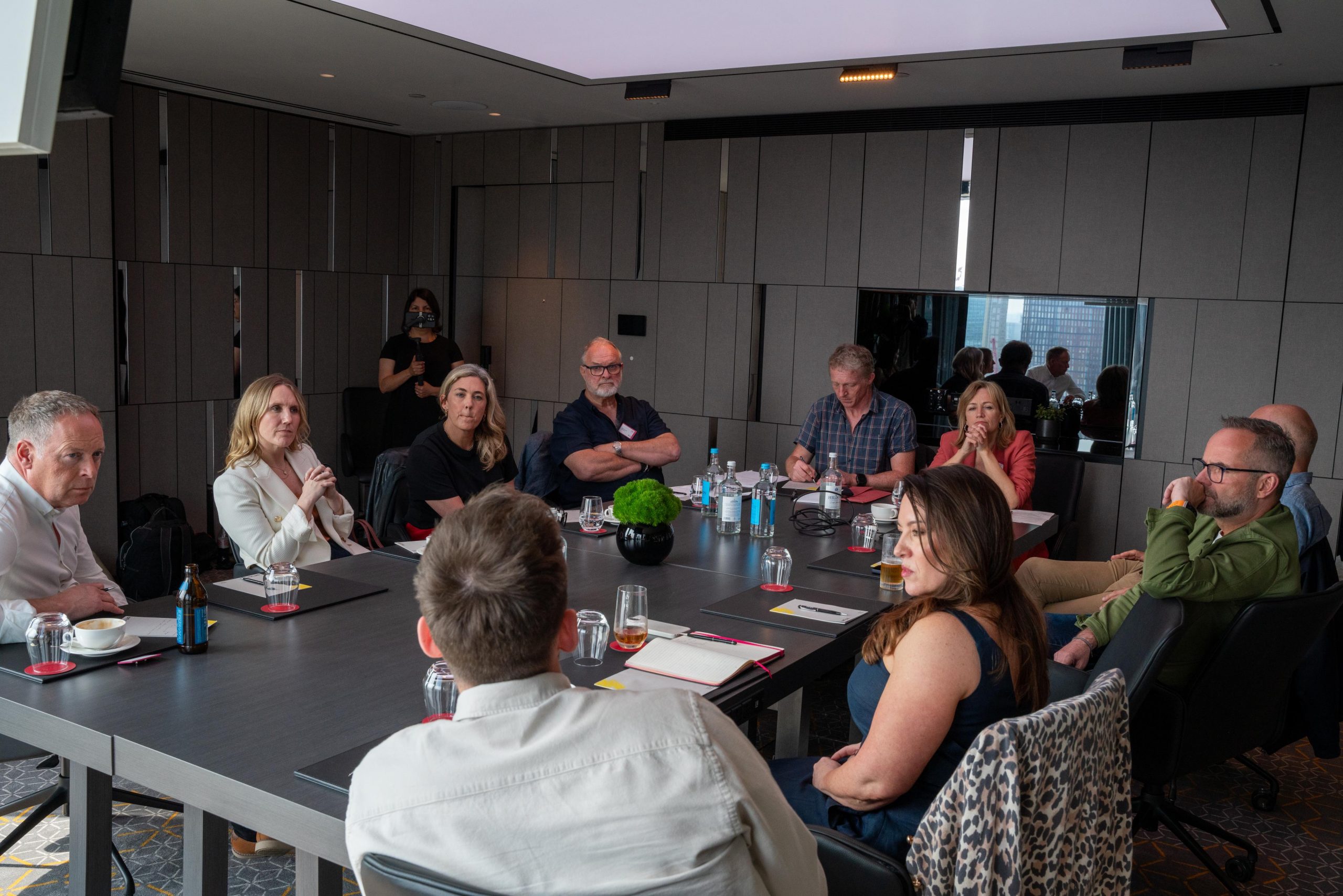
For David, a good team motivator will involve the team with the overall mission, and this leads Tim to enthuse about his passion for spending time with brand ambassadors in the field. The voice of the brand ambassador is important to Tim and often overlooked or underestimated by clients. “The time is never wasted and I always learn something says Tim, who has the FMBE’s chair of judges gives our brand ambassador category the priority that it deserves.
For Charlotte, who started out as a brand ambassador, there is a clear focus ahead to make sure that brand ambassadors have the right channels for feedback and reply. It is a point that has the full table in agreement – one of the unique aspects of FMBE that unites field and brand experience agencies alike is the ability both have to give brands a true understanding of their reception, whether with stores or consumers.
It is with this part of the discussion in full flow, with everybody poised to chip in with a further view that I was obliged to draw the conversation to a close. Time has flown by and it is clear that these agency leaders, together with Tim, have connected during the chat and have found many shared values. With an eye on the future, it augers well.
Conclusion
Leading FMBE agencies are using technological innovation not to replace human intelligence but to allow it to flourish. People power in FMBE means delivering the efficiencies and accountabilities enabled by technology, through teamwork. Leading agencies deploy a light guiding hand on the management tiller, enabling ideas and responding to feedback whilst channeling many voices and opinions into forwards momentum.
